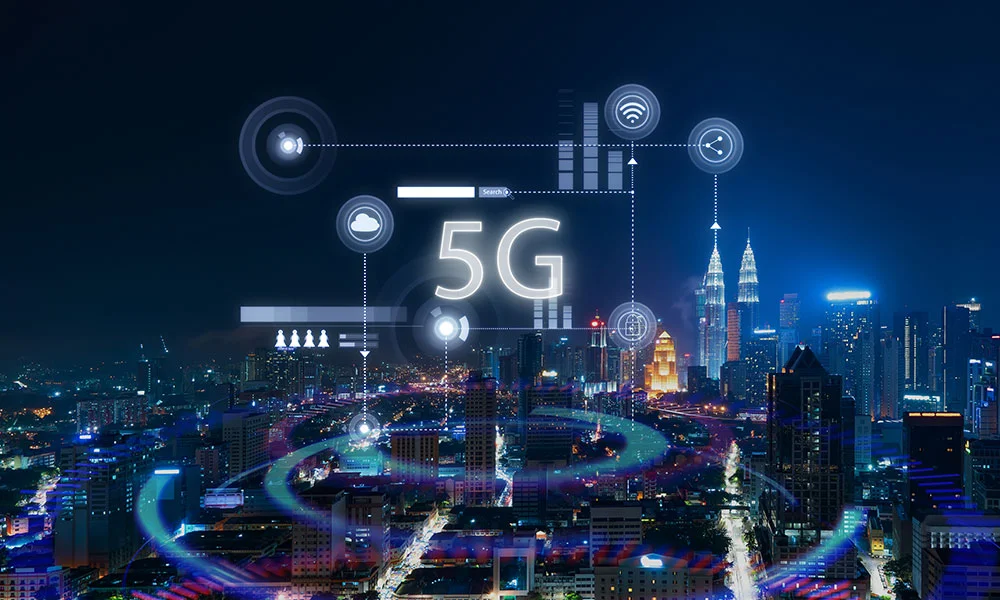Introduction to AR and VR
The digital landscape is evolving faster than we can keep up, and two groundbreaking technologies are leading the charge: augmented reality (AR) and virtual reality (VR). These innovations aren’t just futuristic concepts; they’re reshaping how we interact with digital content right now.
Imagine stepping into a world where your favorite movies leap off the screen or you can explore distant places from your living room. This new era of digital engagement is not only immersive but also transformative, making our experiences richer and more interactive than ever before. As AR and VR continue to develop, they promise to redefine storytelling, education, marketing, and so much more—opening doors to limitless possibilities in how we consume content. Join us as we delve deeper into this fascinating transformation!

The Growth and Impact of AR and VR on Digital Content
The rise of augmented reality (AR) and virtual reality (VR) has transformed the digital landscape. These technologies are not just trends; they represent a shift in how we consume information.
As AR and VR become more accessible, developers are finding innovative ways to integrate them into various platforms. This evolution opens up fresh avenues for storytelling, marketing, and education.
For instance, brands leverage AR for immersive advertisements that engage users in unique ways. Likewise, educational institutions use VR simulations to create interactive learning experiences that traditional methods can’t match.
The impact is profound. Consumer expectations evolve as they seek richer interactions with digital content. As a result, businesses must adapt swiftly or risk falling behind in this rapidly changing environment.
These advancements promise an exciting future filled with possibilities that extend beyond mere entertainment.

How AR and VR are changing the way we engage with digital content
Augmented Reality (AR) and Virtual Reality (VR) are transforming our interaction with digital content. They create immersive experiences that pull us into a new world, blurring the lines between reality and imagination.
With AR, we can visualize products in our own environment before making a purchase. This instant feedback enhances decision-making while keeping the shopping experience fun.
On the other hand, VR transports users to entirely different realms. Picture stepping into your favorite video game or exploring ancient ruins without leaving your living room. Such engagement fosters deeper emotional connections.
Educational content also benefits significantly from these technologies. Students can interact with 3D models of complex systems, making learning more captivating and effective.
As we embrace these innovations, traditional forms of media may become less appealing compared to the dynamic landscapes crafted by AR and VR tools.

The Benefits of AR and VR in Digital Content Consumption
Augmented reality (AR) and virtual reality (VR) bring a new dimension to digital content consumption. They create immersive experiences that captivate users in ways traditional media cannot.
With AR, users can interact with digital elements overlaid on the real world. This makes learning more engaging and enjoyable. Imagine studying history by walking through a digitally reconstructed ancient city right in your neighborhood.
On the other hand, VR transports users to entirely different worlds. It offers an escape from everyday life, allowing for deep emotional connections with content. Whether it’s exploring outer space or diving into the ocean’s depths, these experiences enhance storytelling like never before.
Moreover, businesses benefit too. AR and VR can drive sales by letting customers visualize products in their own environments before purchasing them. This not only boosts engagement but also increases consumer confidence in decision-making processes.

The Challenges of Implementing AR and VR in Digital Content
Implementing augmented reality (AR) and virtual reality (VR) in digital content comes with unique challenges. One of the most significant hurdles is the high cost associated with development. Creating immersive experiences often requires specialized skills, technology, and time.
Moreover, there’s a steep learning curve for both creators and consumers. Many users may find AR and VR interfaces complex or intimidating at first. This can hinder widespread adoption.
Compatibility issues also arise frequently. Different hardware specifications mean that what works seamlessly on one device might not translate well to another.
Creating engaging content that truly utilizes AR and VR’s potential takes creativity and innovation. It’s not enough to just add layers; the experience must be meaningful to captivate audiences effectively. Balancing these factors remains crucial as we navigate this evolving landscape.

Examples of Successful AR and VR Integration in Digital Content
Companies are harnessing augmented reality (AR) and virtual reality (VR) to create captivating digital experiences that engage users in unprecedented ways.
IKEA’s AR app allows customers to visualize furniture in their own homes before making a purchase. This interactive experience helps buyers make informed decisions, reducing buyer’s remorse.
Another standout example is the Pokémon GO phenomenon. It merged the real world with digital content, encouraging players to explore their surroundings while capturing virtual creatures. The game’s success highlighted how AR can promote physical activity and social interaction.
In education, platforms like Google Expeditions offer immersive VR field trips, allowing students to visit historical sites or dive into ocean ecosystems without leaving the classroom. This hands-on learning substantially enhances engagement and retention of information.
These examples showcase how brands leverage AR and VR technologies not just for novelty but for meaningful interactions that redefine user experience across various sectors.

The Future of AR, VR, and Digital Content Engagement
As technology advances, the future of augmented reality (AR) and virtual reality (VR) in digital content is bright. We can expect more immersive experiences that blend seamlessly with our daily lives.
Imagine walking through a museum where you can interact with historical artifacts using AR. The boundaries between the physical and digital worlds will blur, creating enriched learning environments.
Gaming will take on new dimensions as VR evolves. Players might find themselves transported into fantastical realms, resulting in deeper emotional connections to the storylines.
Brands are already exploring these technologies for marketing strategies. Personalized campaigns could engage consumers in ways we’ve never seen before.
With rapid advancements in hardware and software, accessibility will improve too. More people will engage with stunning AR and VR experiences without needing specialized equipment or skills.
Conclusion
The rapid evolution of augmented reality (AR) and virtual reality (VR) is reshaping the landscape of digital content. Their integration opens up new avenues for creativity, interaction, and engagement. As these technologies continue to advance, we can expect even more innovative applications that enhance our experiences with digital content.
While challenges remain in implementing AR and VR on a wider scale, the benefits they offer are undeniable. They transform mundane interactions into immersive journeys, allowing users to explore and connect like never before.
As we look ahead, it’s clear that AR and VR will play crucial roles in how we consume information and entertainment. The future promises exciting developments that could change our perceptions of digital content entirely. Engaging with media through these lenses could soon become second nature as technology continues to bridge gaps between the physical world and our virtual experiences.






